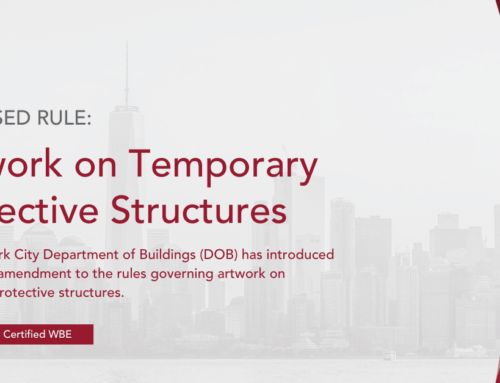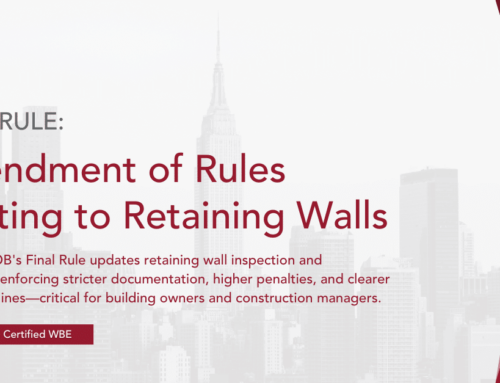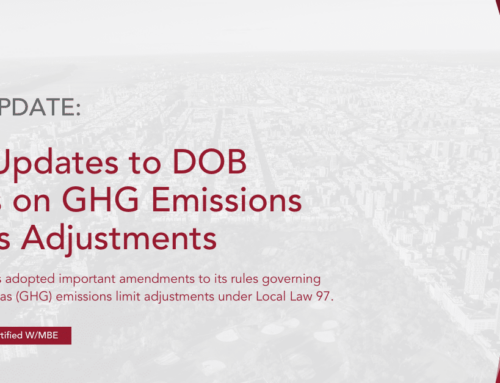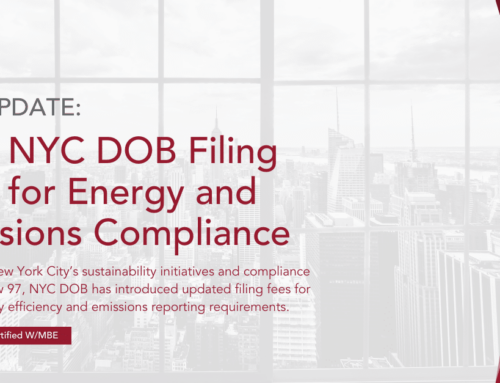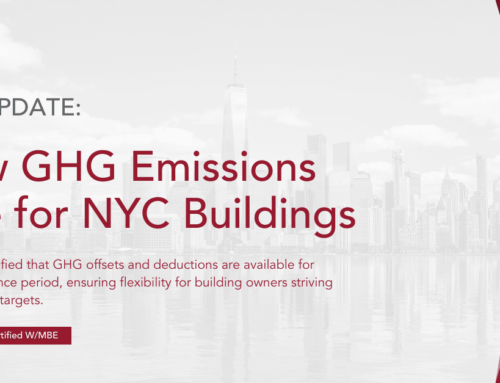421-a is seeing a big change in its revived state. The programs provision will no longer be giving local residents the first choice at affordable apartments in their communities. Mayor de Blasio’s agenda for affordable housing is now in a clutter. The provision that was removed would have set a bigger line between higher and lower income residents who would have lived in the complexes.The idea of “community preference” meant that half of the affordable apartments in a project were set aside for local residents who could apply before the rest of the city. Another portion of the development would be set aside for New York veterans, people with disabilities and government employees.
The Department of Housing Preservation and Development made the changes to the provision. The chaos amongst city and state elected officials has caused more tension to the thin ice both Mayor de Blasio and Governor Cuomo are already walking on towards New York City infrastructure. De Blasio’s goal to make sure lower income New Yorkers have affordable housing clashes with taking care of the moderate middle class who also cannot afford to live in the city. The argument that’s presented is that New York City already has enough programs for the homeless compared to those who are middle class. 421-a’s provision of “community preference” would have provided middle-class residents to be placed in neighborhoods that generate jobs and business, giving them a better living.
Affordable housing is becoming a debate of entitlement. Both the lower and middle class of New York City are affected by the overwhelming taxes, overpopulation, and congestion of the city that never sleeps. Playing politics with affordable living is a risky move on the part of the city and state governments.

